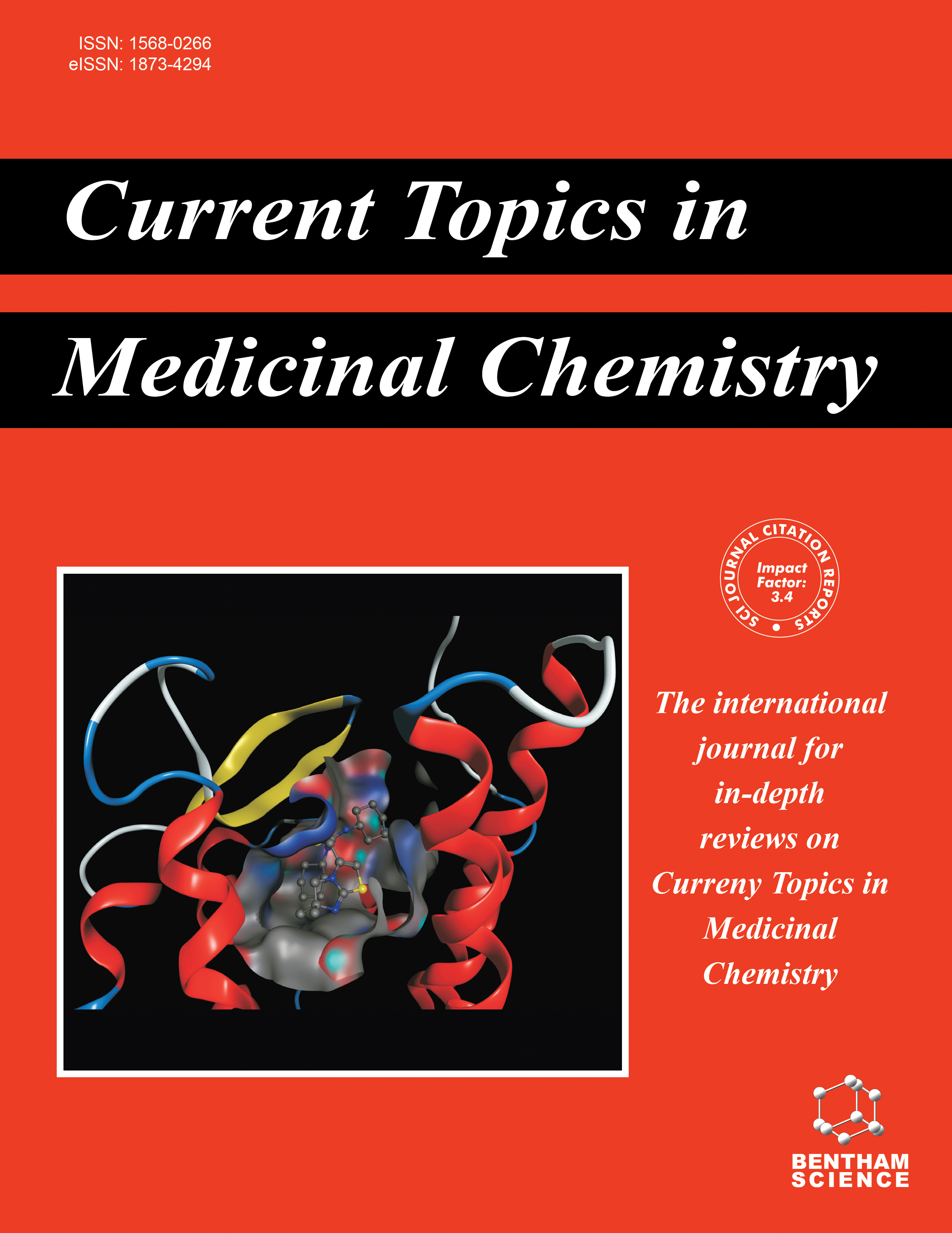
Full text loading...
Thiazole, a five-membered heterocycle containing sulfur and nitrogen, is a pivotal component in the design and synthesis of organic derivatives. Its prevalence in natural sources and its integral role in the structure of drug molecules has made it a focal point for researchers. In this study, we compiled and reviewed research from the past decade and categorized the synthesized thiazole compounds into three groups (di-substituted mono-thiazoles, tri-substituted mono-thiazoles, and bis-thiazoles) based on how the substituents are attached to the thiazole scaffold and additionally discussed the different techniques used by researchers to measure the antimicrobial activity of newly created compounds. Additionally, we discussed various methodologies employed to assess the antimicrobial efficacy of related compounds, aiming to validate the potency of these compounds. This research holds promise in aiding the development of antibiotic replacement amidst the antibiotic resistance crisis, consolidating knowledge of antimicrobial properties of thiazole-based compounds and their potential in combating antibiotic resistance.

Article metrics loading...

Full text loading...
References


Data & Media loading...

